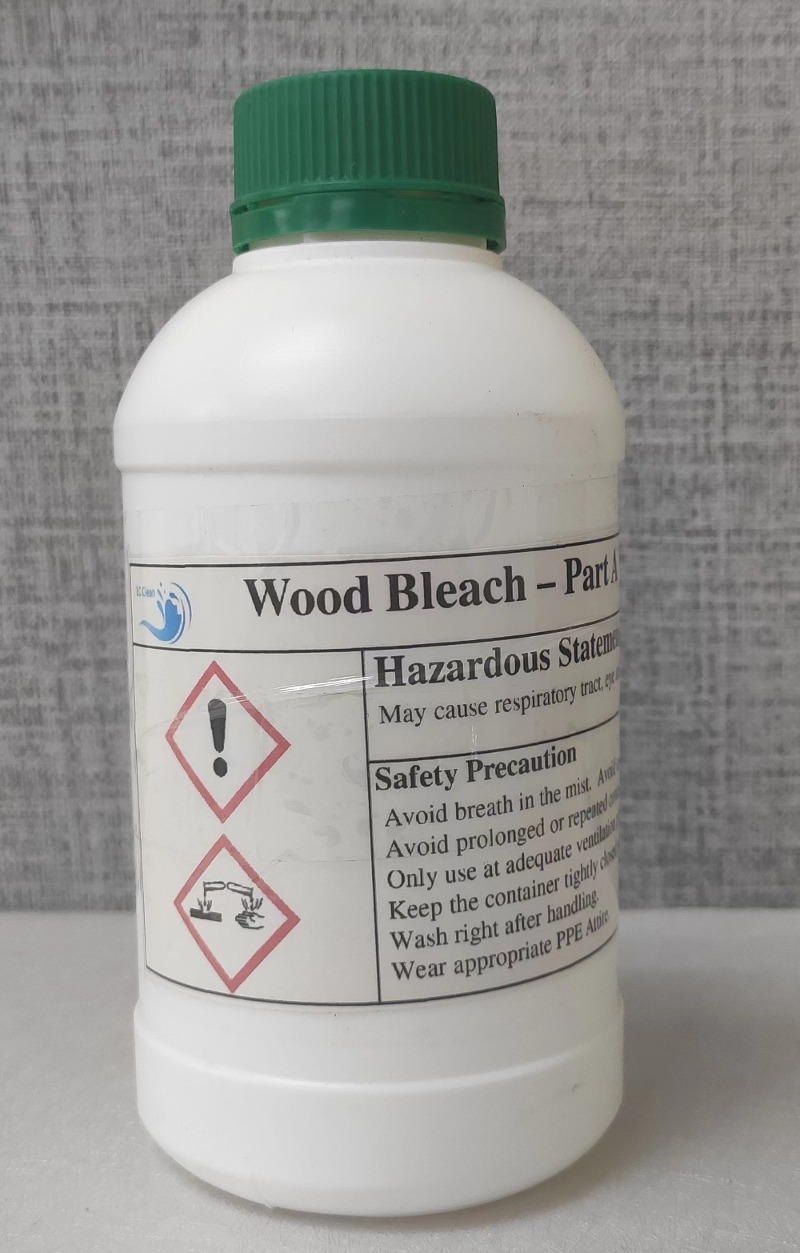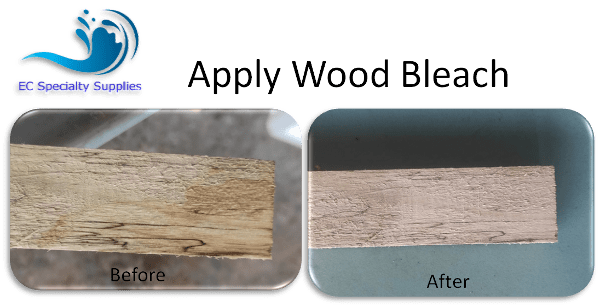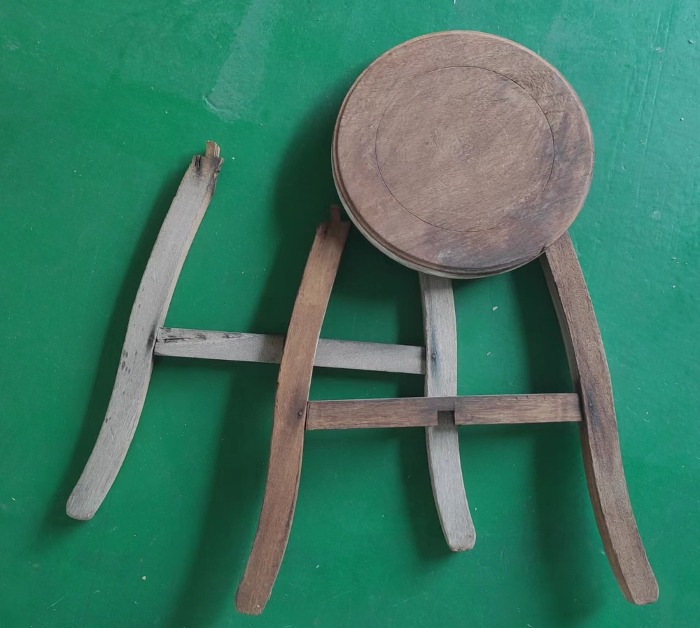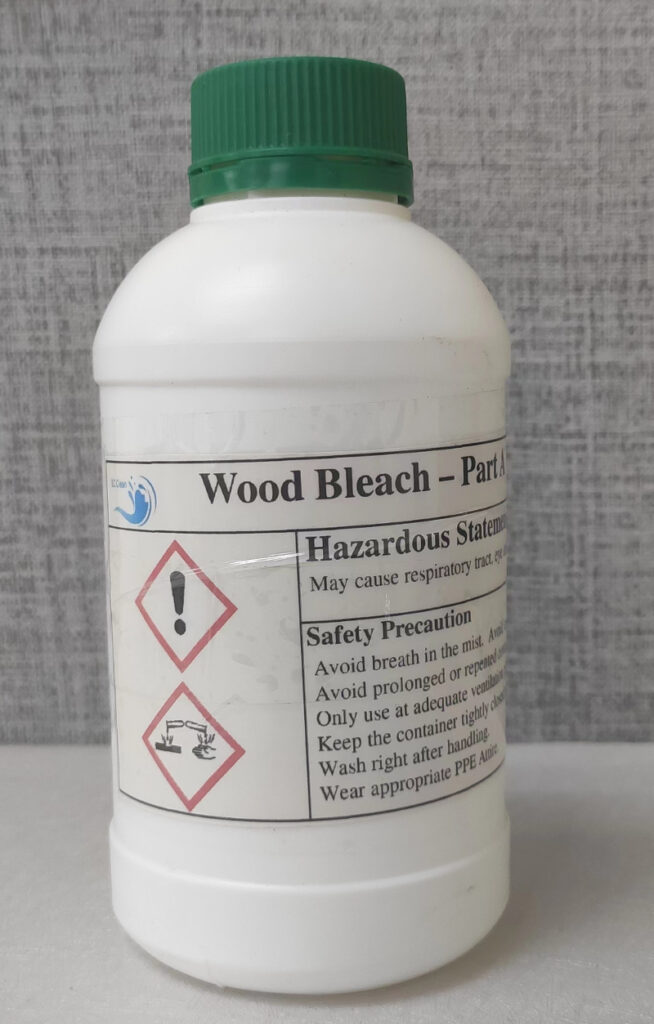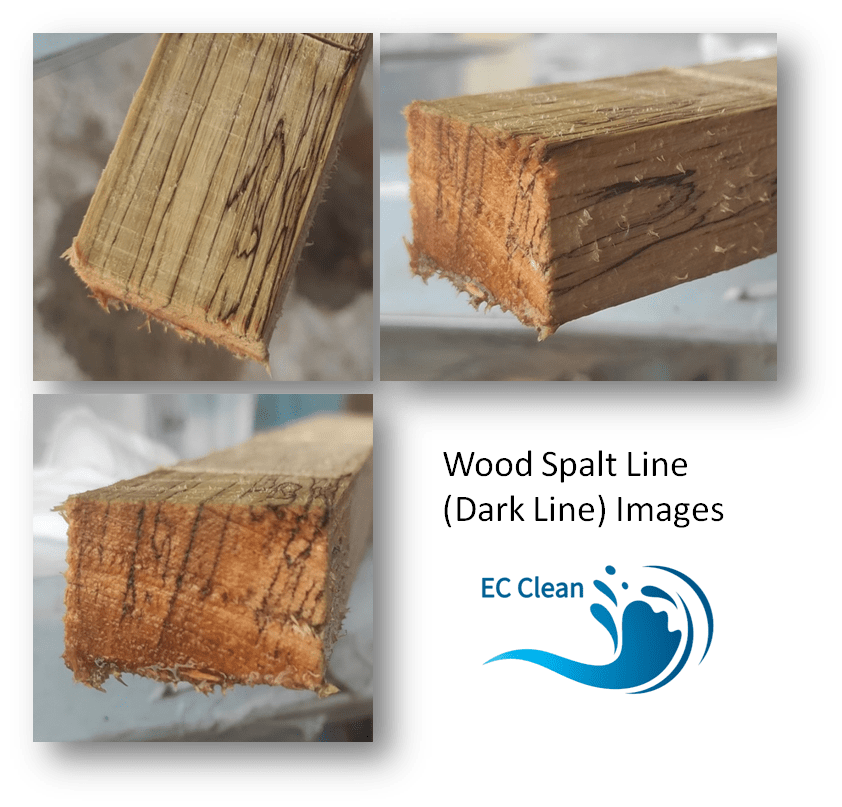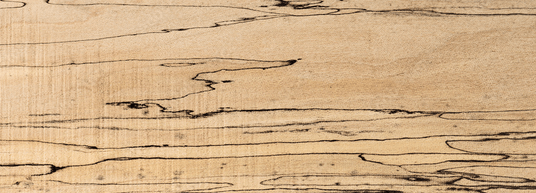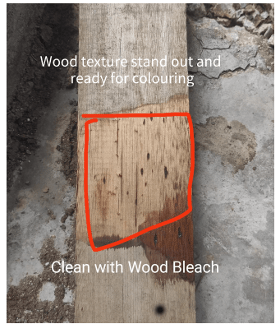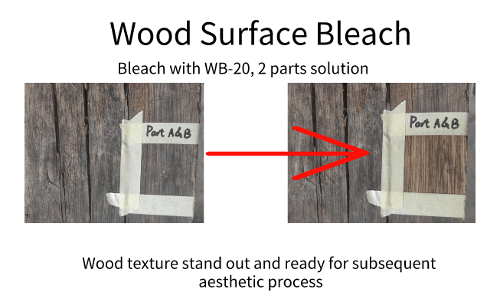
Wood bleaching is often the unfamiliar wood surface treatment. There are two common method wood bleaching and wood sanding to rejuvenating old or weathered wood. Both techniques aim to restore the appearance of wood surfaces, but they differ in their approach and results.
Let’s explore the key differences between wood bleaching and wood sanding.
EC Clean does has a 2 part Wood Bleach solution, which very suitable for wood surface bleaching.
Wood Bleaching
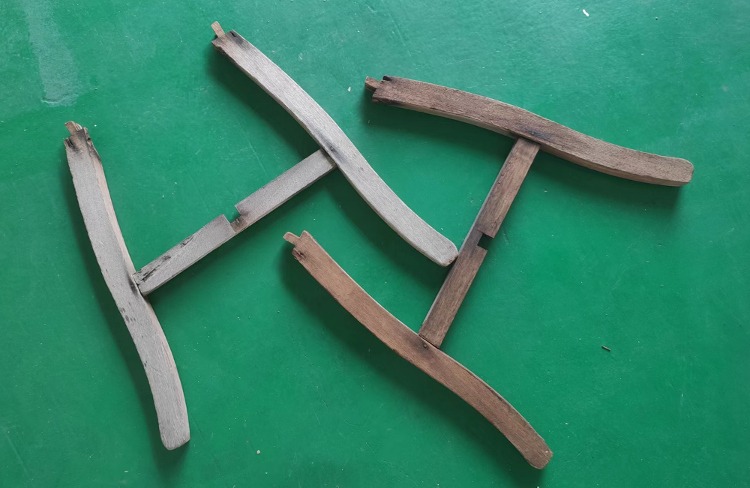
Wood bleaching involves the use of chemical solutions to lighten or remove stains, discoloration, and other contamination from wood surfaces. This process is particularly effective for treating water stains, dark spots, and uneven coloration caused by aging or exposure to contaminants.
Advantages:
- Retains Wood Grain: Unlike sanding, which removes a layer of wood, bleaching preserves the natural grain and texture of the wood.
- Removes Stains: Wood bleach can effectively eliminate stubborn stains and discoloration, restoring the wood’s original appearance.
- Uniform Results: Bleaching ensures consistent results across the entire surface, making it ideal for large or intricate pieces of furniture.
- Versatility: Wood bleach can be used on various types of wood.
Disadvantages:
- Chemicals: The bleaching involves the use of chemical solutions, which has to handle with care.
- Time-Consuming: In most cases, the entire bleaching should be completed within an hour or two.
- Color Options: While wood bleach can lighten or remove stains, it cannot change the natural color of the wood.
Wood Sanding:
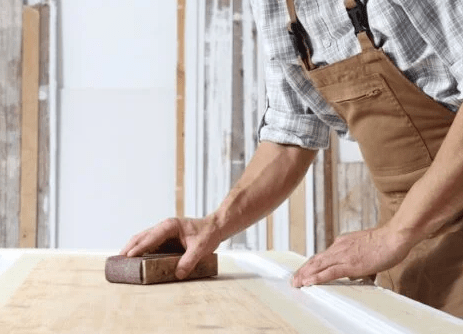
Wood SandingWood sanding, on the other hand, involves the physical removal of a thin layer of wood. It is a process using abrasive materials such as sandpaper or a sanding machine. This process smooths out rough patches, removes scratches, and evens out uneven surfaces.
Advantages of Wood Sanding:
- Removes Imperfections: Sanding effectively eliminates surface imperfections, including scratches, dents, and rough spots, leaving behind a smooth and uniform surface.
- Alters Wood Color: Sanding allows you to change the color of the wood by exposing fresh layers of wood beneath the surface.
- Immediate Results: Sanding produces immediate results, allowing you to see the effects of the process in real-time as you work.
- Versatility: Wood sanding can be tailored to suit different projects and wood types, from light surface sanding to heavy-duty refinishing.
Disadvantages of Wood Sanding:
- Alters Wood Grain: Sanding removes a layer of wood, which can alter the natural grain and texture of the wood surface, especially if done aggressively.
- Dust and Debris: Sanding generates a significant amount of dust and debris, requiring proper ventilation and protective gear to minimize inhalation and exposure.
- Labor-Intensive: Sanding can be labor-intensive, especially for large or intricate pieces of furniture, requiring time, effort, and skill to achieve desired results.
We provide Wood Bleaching Service
In summary, both bleaching and wood sanding offer effective ways to restore and enhance the appearance of wood surfaces. The choice between the two methods depends on factors, such as the type and severity of the imperfections.
Perhaps, bleaching sound tedious but it turn out to be very simple and effective. EC Clean not only provide the bleach solution but also provide the bleaching services.
For user who are not familiar on the bleaching process, feel free to call us for our wood bleaching services.

